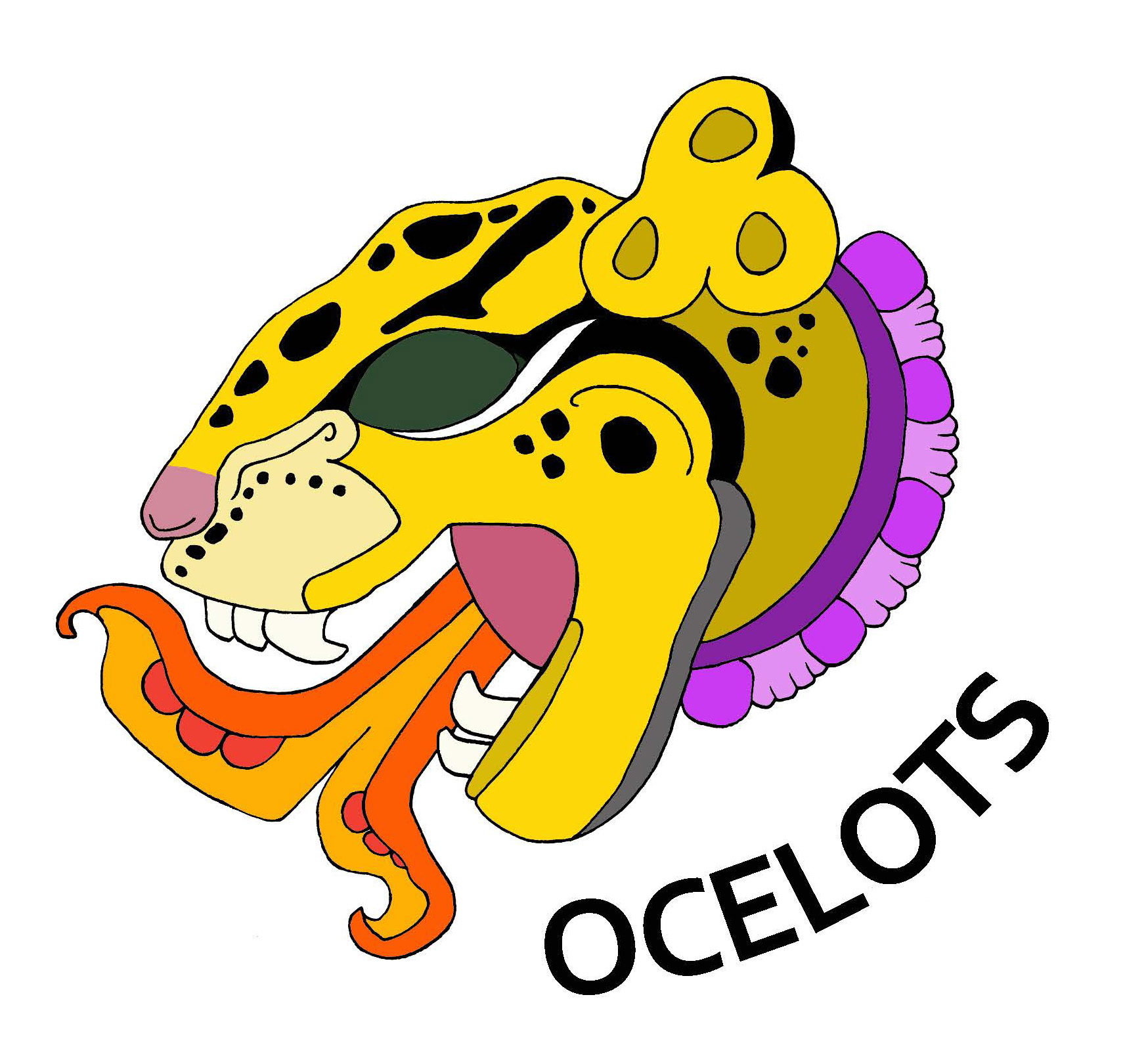Resources
Implementing an online module about the implications of gold mining in the Amazonian rainforest for a community college ecology course
Author(s): James Wiebler
Muscatine Community College/ Nahant Marsh Education Center
259 total view(s), 90 download(s)
- Gala
Implementation Plan_Wiebler_April 2024.pdf(PDF | 87 KB)
Nahant image.jpg(JPG)
Nahant image.jpg(JPG | 567 KB)
- License terms
Description
Overview of the Module: Gold mining extraction in the Peruvian Amazon has been happening for decades. The activity, which in great part is informal and illegal, has detrimental impacts on rainforest habitat & biodiversity. Most importantly, gold mining in this region has largely relied on the use of mercury (Hg) as a vehicle to capture gold particles that are within river sediments. Because of this chemical process, mercury has entered the aquatic and terrestrial ecosystems’ trophic chain. In this module, we will review the concepts of bioaccumulation and biomagnification and the impacts that they can have in ecosystems. Students will learn in more detail some of the ways in which mercury bioaccumulates in some species of the Amazonian rainforest of southeastern Peru because of artisanal gold mining in the region. Learning about the environmental impacts of gold mining in this region will also give us the opportunity to connect this issue to the health, economy, and social systems of the human population of this region.
Support was provided by: A grant from the United States National Science Foundation (DBI-RCN-UBE 2120141).
Cite this work
Researchers should cite this work as follows:
- Wiebler, J. (2024). Implementing an online module about the implications of gold mining in the Amazonian rainforest for a community college ecology course. OCELOTS, QUBES Educational Resources. doi:10.25334/MTAW-AX42
